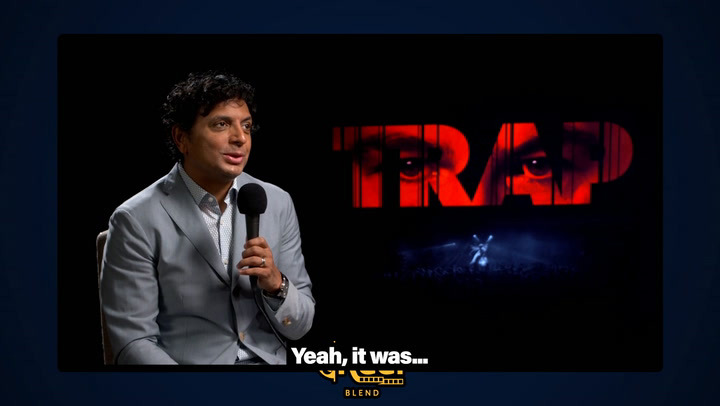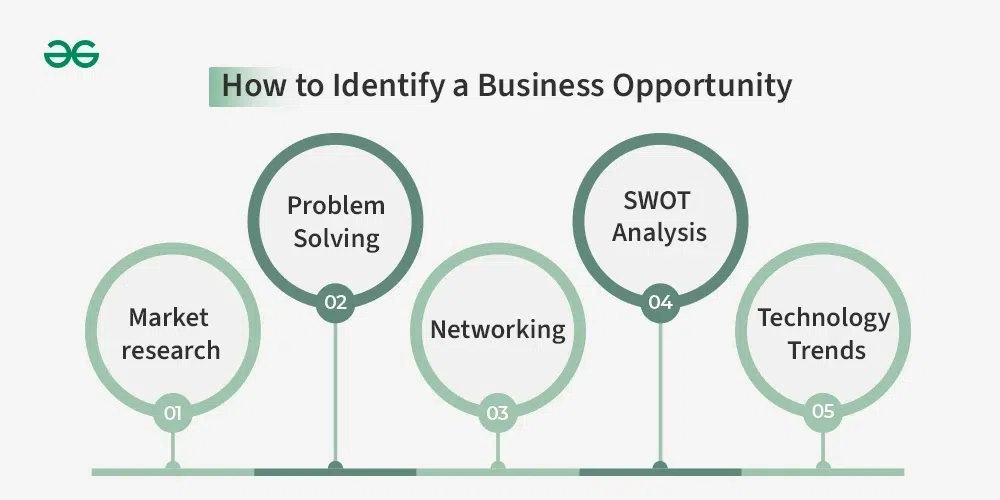M. Night Shyamalan's "The Village": A Study In Christie-esque Mystery

Table of Contents
The Deliberate Construction of Suspense: Mirroring Christie's Techniques
Shyamalan's genius lies in his meticulous construction of suspense, a technique he shares with Agatha Christie. The film doesn't rely on jump scares; instead, it cultivates a pervasive sense of creeping dread through masterful use of atmosphere, cinematography, and sound design. This slow burn approach mirrors Christie's own style, where suspense builds gradually, tightening its grip on the reader/viewer with each passing scene.
- Use of shadows and darkness: The film's frequent use of shadows and dimly lit scenes heightens the tension, creating an atmosphere of constant unease. The unknown lurks in the darkness, mirroring the unseen threats in many Christie novels.
- The constant threat of the "creatures": The ever-present danger of the creatures in the woods acts as a persistent source of suspense, keeping the audience on edge, similar to the looming danger in Christie's And Then There Were None.
- The villagers' superstitious beliefs: The villagers' deeply ingrained superstitions and fear of the creatures contribute significantly to the film's overall suspense, creating a palpable sense of dread and uncertainty. This mirrors the use of folklore and superstition to build suspense in many Christie mysteries.
- Comparison to Christie's use of setting: The isolated village setting, reminiscent of the enclosed spaces often found in Christie's novels, plays a crucial role in amplifying the suspense and claustrophobia, heightening the sense of vulnerability and isolation.
Unreliable Narration and the Manipulation of Perspective
Like many Agatha Christie novels, The Village cleverly employs unreliable narration, manipulating the audience's perception of truth through multiple perspectives. The villagers' limited knowledge and biased viewpoints lead to a fragmented understanding of events, forcing the audience to question the validity of what they see and hear.
- The villagers' limited knowledge: The villagers' perspective is intentionally limited, withholding crucial information from both the audience and the characters themselves, creating a constant sense of mystery and uncertainty. This echoes Christie's use of limited perspectives to control information flow and heighten suspense.
- The mystery surrounding the creatures and the villagers' history: The film carefully unveils information about the creatures and the villagers' past in a gradual manner, mirroring Christie's controlled pacing of reveals. The audience, much like the characters, are left piecing together the truth from fragmented information.
- The film's gradual reveal of information: The slow drip-feed of information mirrors Christie's careful construction of plots, where revelations are strategically placed to maintain tension and keep the audience engaged. This mirrors the slow unraveling of the mystery in novels such as Murder on the Orient Express.
- Comparison to specific Christie novels: The unreliable narration in The Village shares similarities with Christie's use of multiple perspectives in novels like And Then There Were None, where the reader is forced to question the trustworthiness of each character.
The Strategic Placement of Red Herrings and Misdirection
Throughout The Village, Shyamalan strategically employs red herrings and misdirection, deliberately misleading the audience and keeping them guessing until the very end. This masterful manipulation of clues is a hallmark of Agatha Christie's storytelling.
- The ambiguous nature of the creatures and their motives: The creatures themselves remain shrouded in mystery, their motives ambiguous and open to interpretation. This ambiguity acts as a powerful red herring, diverting attention away from the true nature of the threat.
- The villagers' secretive behavior and hidden truths: The villagers' secretive nature and concealed truths create a complex web of deception, leading the audience down a series of false trails, much like a classic Christie whodunit.
- The significance of seemingly insignificant details: The film is littered with seemingly insignificant details that, upon closer inspection, contribute to the overall mystery and offer clues, only revealed much later. This deliberate scattering of clues is a technique Christie employed frequently.
- Comparison to Christie's skillful use of red herrings: The strategic placement of red herrings mirrors Christie's skill in misleading the reader while subtly providing clues that, when pieced together, reveal the truth—a characteristic technique in many of her works.
The Resolution and its Implications: A Christie-esque Twist
The final reveal in The Village is both shocking and thought-provoking, dramatically shifting the audience's understanding of the narrative. This unexpected twist, a hallmark of both Shyamalan and Christie, forces a re-evaluation of the events that preceded it.
- The unexpected nature of the twist: The twist ending completely subverts expectations, transforming the seemingly supernatural horror into a commentary on fear, ignorance, and societal control. This mirrors the surprising revelations that often punctuate Christie's plots.
- The ethical implications of the villagers' choices: The resolution raises significant ethical questions about the villagers' choices and their consequences, prompting reflection on the themes of fear, conformity, and the manipulation of belief. This resonates with the moral complexities explored in many Christie novels.
- A comparison between the twist ending: The twist in The Village shares a similar shocking impact as those found in Christie's works, where the carefully constructed narrative is overturned by a surprising truth, forcing the reader to reassess their assumptions.
- The lasting impact of the revelation: The revelation's impact lingers long after the credits roll, prompting continued discussion and interpretation of the film's themes and message, reflecting the lasting effect of Christie's best twists.
Conclusion: Deconstructing the Mystery in M. Night Shyamalan's "The Village"
The Village masterfully employs Christie-esque techniques, constructing a compelling and thought-provoking mystery that keeps the audience guessing until the very end. Shyamalan's use of suspense, unreliable narration, and carefully placed red herrings all contribute to the film's enduring power. The film's effectiveness lies in its subtle nods to the classic mystery genre, offering a modern interpretation of the Christie-esque formula. Rewatch The Village today with a renewed appreciation for its masterful blend of suspense and psychological thriller elements, and consider diving deeper into the world of Agatha Christie novels or exploring similar films to further your understanding of this fascinating genre. The enduring appeal of the Christie-esque mystery continues to captivate audiences, and The Village stands as a testament to its continued relevance.

Featured Posts
-
 Strengthening Pacific Security Us Armys Second Typhon Battery Deployment
May 20, 2025
Strengthening Pacific Security Us Armys Second Typhon Battery Deployment
May 20, 2025 -
 Paulina Gretzky Dustin Johnsons Wife Career And Family Life
May 20, 2025
Paulina Gretzky Dustin Johnsons Wife Career And Family Life
May 20, 2025 -
 D Wave Quantum Qbts Stock Soars Analyzing Todays Price Increase
May 20, 2025
D Wave Quantum Qbts Stock Soars Analyzing Todays Price Increase
May 20, 2025 -
 Exploring New Business Opportunities A Map Of The Countrys Hot Spots
May 20, 2025
Exploring New Business Opportunities A Map Of The Countrys Hot Spots
May 20, 2025 -
 Hmrc Speeds Up Calls With Voice Recognition Technology
May 20, 2025
Hmrc Speeds Up Calls With Voice Recognition Technology
May 20, 2025
